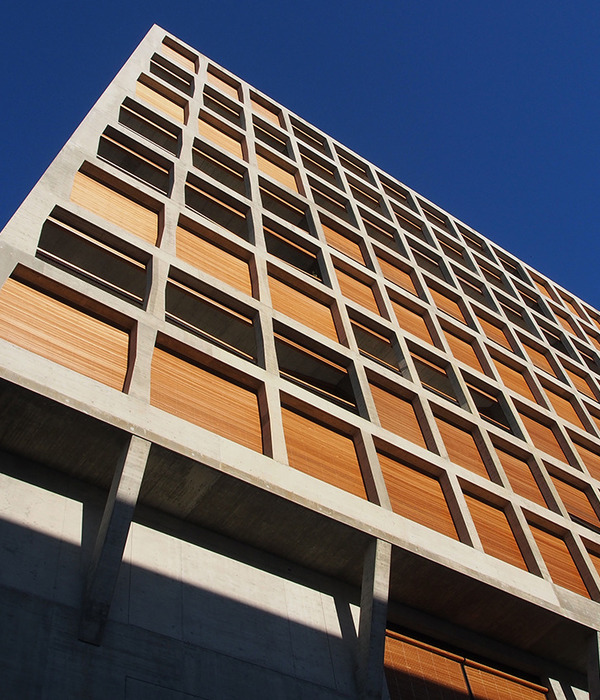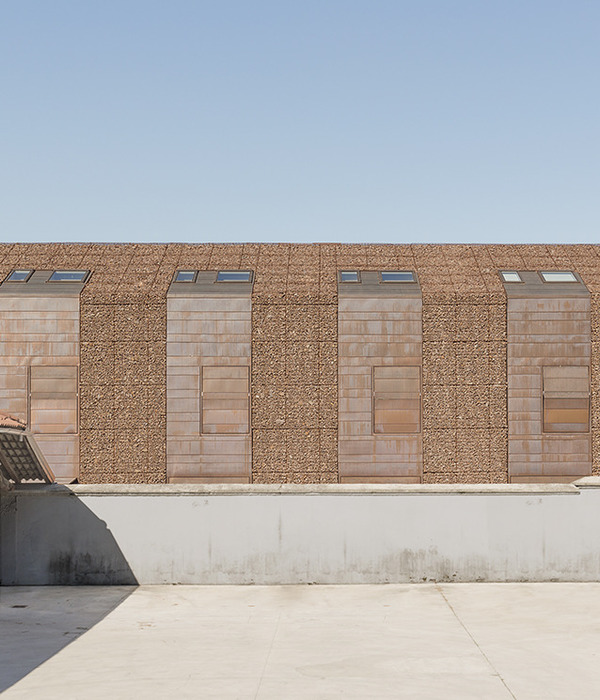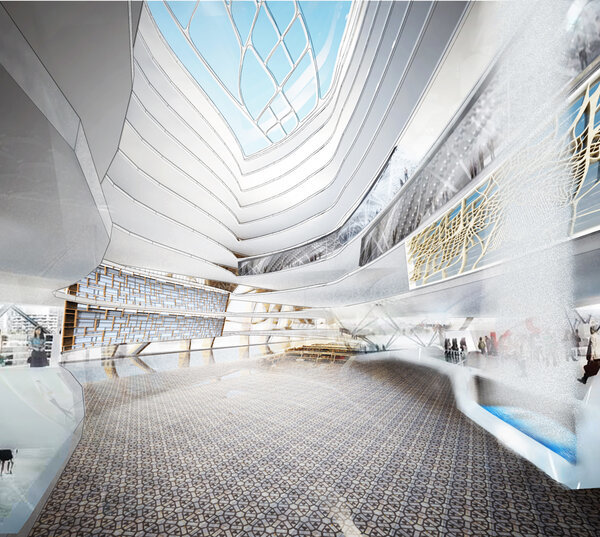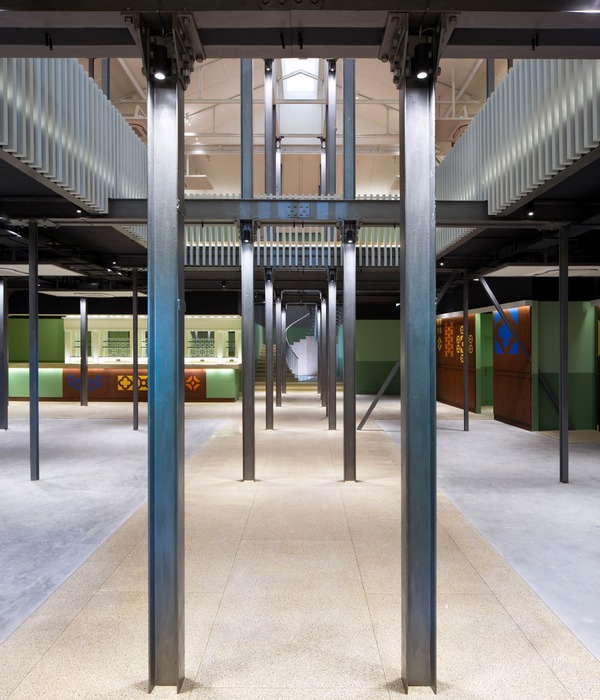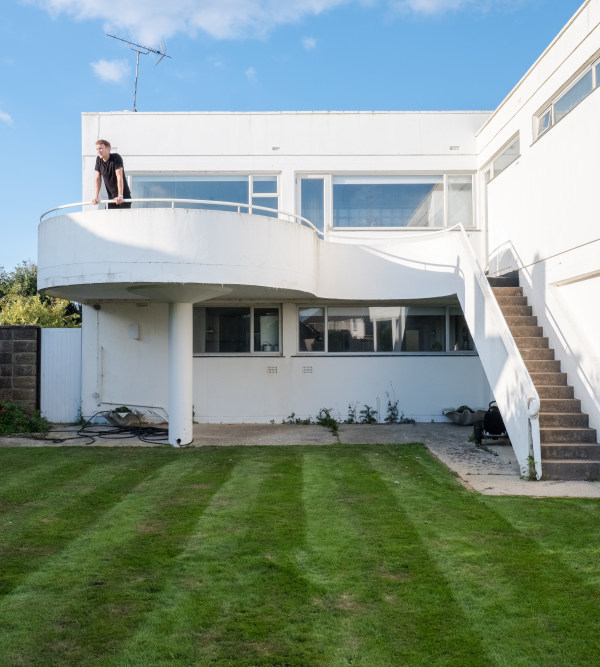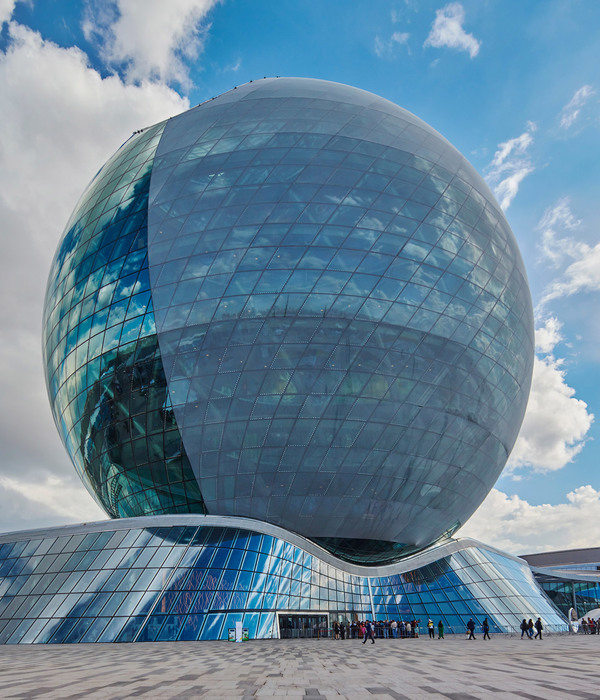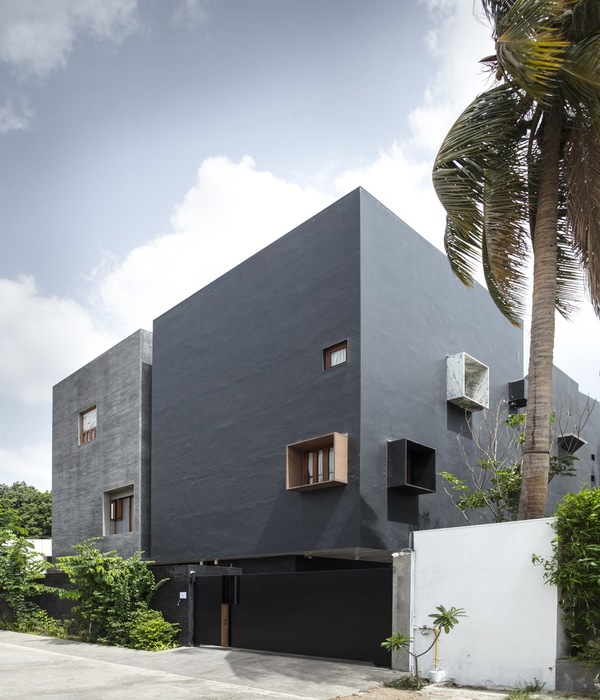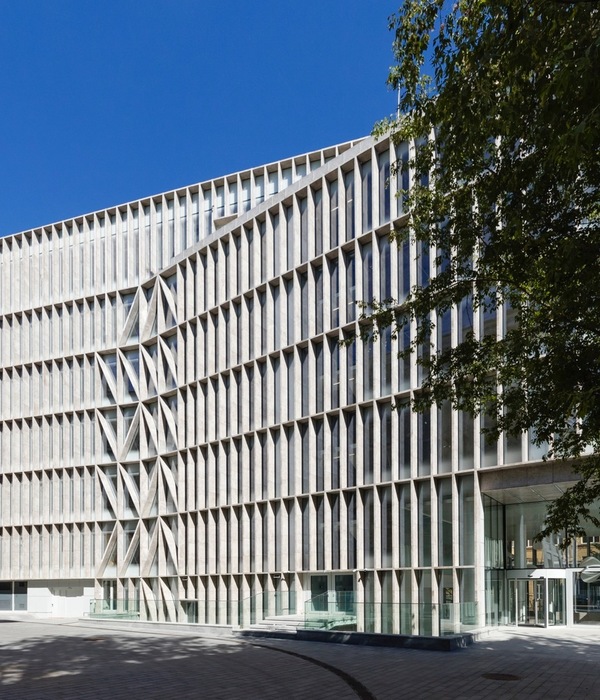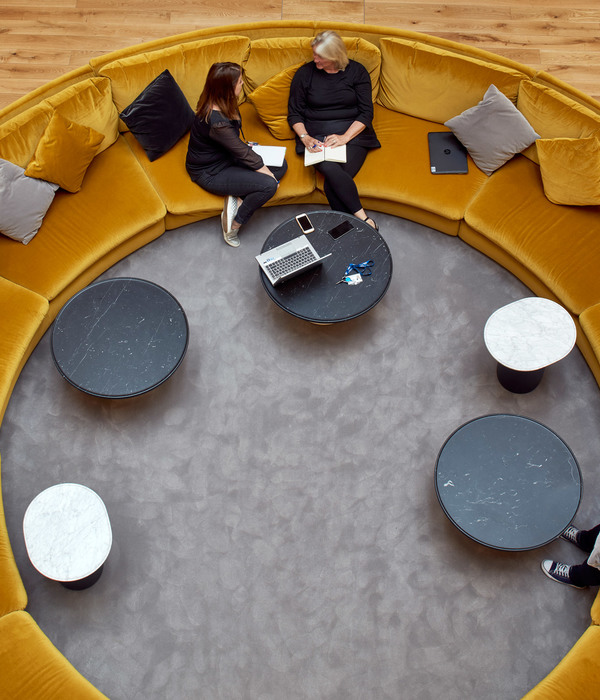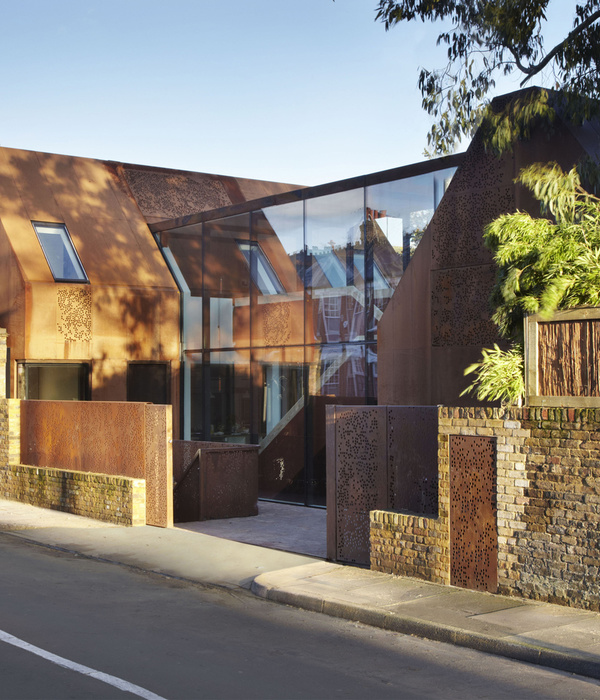Australia is famous for some of the biggest new homes in the world, but in our current world of increasing environmental concern and escalating building costs, smaller homes are a much wiser choice. At just 42 and 50 square meters of floor area Birdhouse studios fit all that is required to live a sustainable, comfortable, and creative existence within a very small footprint.
Located on a steeply sloping ridgeline site in Launceston Tasmania the studios have expansive views to the East over the city and to the mountains beyond. Each studio is a unique design that directly responds to the parameters of its site. Design constraints included limited site access, a 30-degree rocky slope, and the existing protected dry sclerophyll eucalyptus vegetation.
Site challenges were not perceived as negatives, but as opportunities to inspire uniqueness. Scenic overlays and bush fire vulnerability motivated the choice of Cor-ten steel cladding which is detailed in a way to abstractly reflect the texture of the bark on nearby trees. The rich dark-colored patina of the cladding allows the buildings to visually disappear into their landscape.
The footings supporting the buildings stand on weathered dolerite rock in facetted Cor-ten formwork. The number of these was limited to reduce site disturbance. The resulting hovering steel frame allows the abundance of wildlife on the site; including echidnas, wallabies, skinks, blue tongue lizards, and unique Tasmanian birds to roam free.
On the inside, the studios are lined in natural cork and Tasmanian oak. The cork insulates and is free from synthetic resins or chemicals and the Tasmanian oak linings are finished in an aromatic natural Organ oil. The Tasmania oak linings are a locally sourced highly featured product that would normally be considered a low-grade timber. The fiddleback boards, random patterns, sap, and wormholes add character and texture to the spaces.
Designing small spaces requires careful consideration and manipulation of volume. In Birdhouse studios space is shared in both the horizontal and vertical planes. This allows each space to feel much larger than its actual size. Simple geometry and intersecting volumes lead to unexpected visual connections. Views are layered, they cross at angles through other spaces and beyond into the landscape. The vertical nature of the site has created design opportunities.
For example at the entrance to Studio 2, a view is accessed through an internal glazed corner in the sleeping box, through a skylight to a large eucalyptus tree above. Another example is the view from the vanity basin across the kitchen below to an often winter snow-capped Ben Lomond.
A significant environmental benefit can be made when building small. Small buildings require fewer materials to construct and significantly less energy to run. The studios are examples of tiny houses, that prioritize spatial quality, design experience, and reduced environmental impact over the floor area.
▼项目更多图片
{{item.text_origin}}

